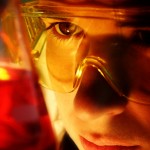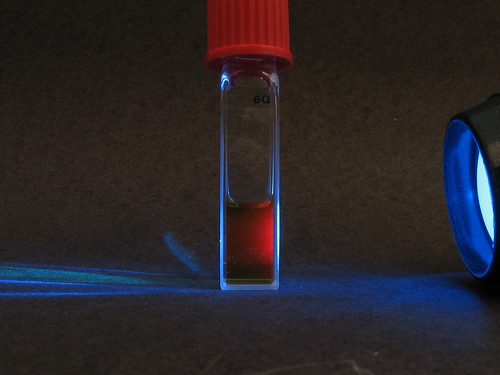Left Brain Vs Right Brain : Choose your Science project with care
If you have noticed some people are great with words and can express themselves really well. They have no problem coming up with flowery language to put on the display board of their science fair project. On the other hand they usually are not too good at crunching numbers. This means that they prefer not to do too many complicated calculations as part of their science project.
Have you wondered why this is so? It has to do with which side of your brain rules you. Roger W Sperry was an American psycho-biologist who did some research in 1960 and came up with this theory. He said that the brain was divided into two main portions. The left side which is logical and objective and the right side which is emotional and subjective.
As you can guess the people who process the information thrown at them with the left brain are more likely to be the one who can handle mathematical calculations and logical flowcharts well. Plus the people who use the right brain to process information will be more likely to design beautiful display boards and use eloquent language.This does not mean that you can do only one and not the other.
Many people can use both skill sets with ease, but they find one set easier. So when you sit down and think about it, you will realize that you too are better at one type of information processing. Once you know which side of the brain you use more, the subject or the objective, you can pick out a complementary science project. That way you will be playing to your strengths and will find the project easier to do.
Comments off



